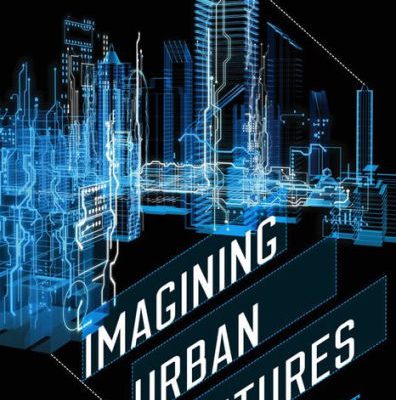[Mood Board] Boxed
Social distancing is the way we beat the virus as the whole world begins to realize in the front of a major global crisis. Although first cases have been reported in November of 2019, we have yet to see it’s full extent in spreading worldwide faster than ever. While the West seemed to have been heavily critical of China’s ability in contain the virus, they too have bot been able to slow down the outbreak in their countries, truly showing no country seems prepared against this pandemic. Should we put the focus towards why it happened, who is to be
